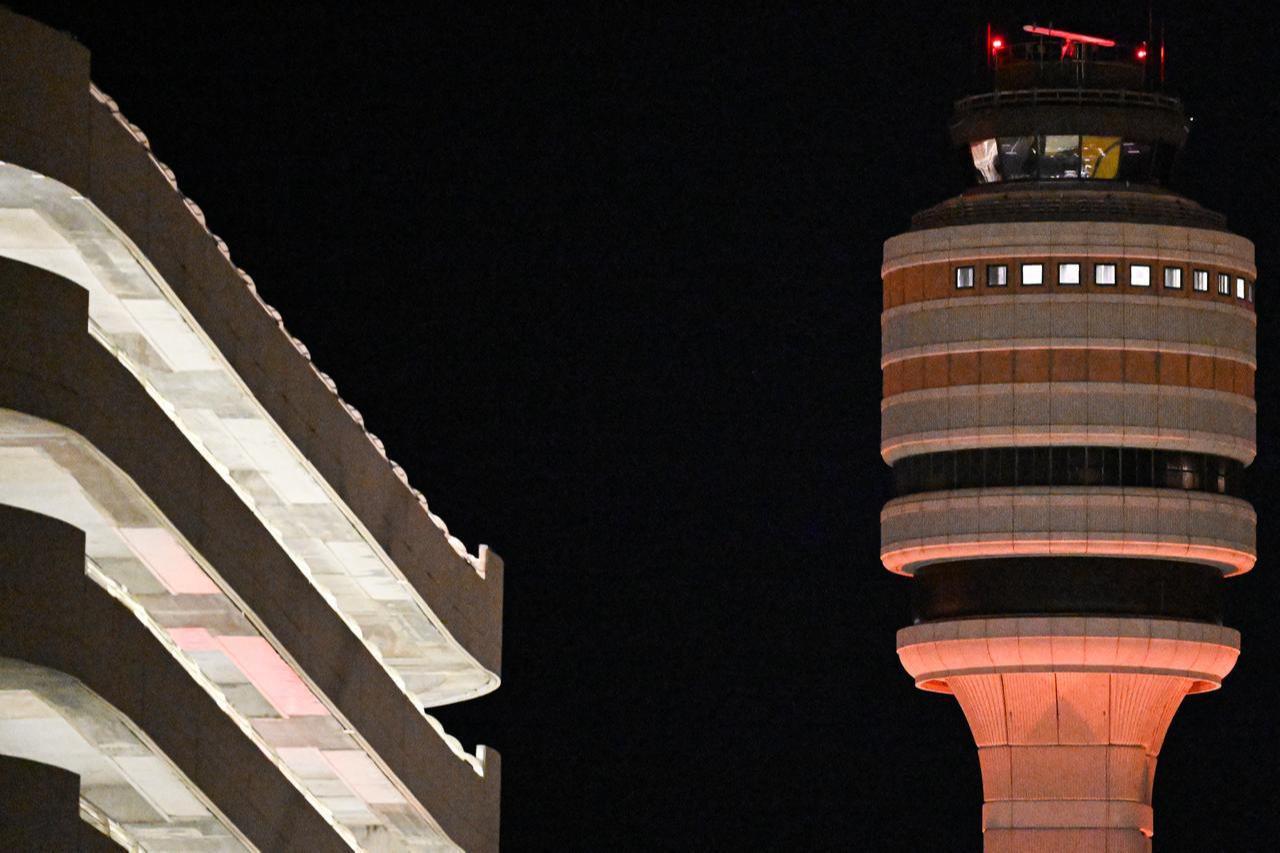
The United States entered the 35th day of a government shutdown on Tuesday, equaling the record for the longest federal closure in the country’s history after the Senate once again failed to advance a funding measure.
The Continuing Appropriations and Extensions Act, 2026 — a stopgap bill designed to restore government operations — fell short in a 54–44 procedural vote. It was the fourteenth unsuccessful attempt to end the deadlock between the Republican-controlled House and the Democratic-led Senate.
Three Democratic senators crossed party lines to support the proposal, while Republican Senator Rand Paul voted against it. Two others, Democrat Cory Booker and Republican Thom Tillis, were absent from the roll call.
The stalemate, which began on Oct. 1 following a lapse in spending authority, has disrupted daily operations across federal agencies and forced more than 1.4 million government employees to work without pay or take unpaid leave.
At the center of the impasse lies a disagreement over health care subsidies that help millions of Americans afford insurance. Democrats insist that any funding deal must preserve these subsidies, while Republicans aligned with President Donald Trump have rejected the demand, calling instead for sweeping reductions in federal spending.
House Speaker Mike Johnson characterized the closure as a "Democrat shutdown," emphasizing that no one had expected it to last this long. He told reporters that the standoff had now matched "the longest in U.S. history."
The record for the previous 35-day closure dates back to late 2018 and early 2019, during Trump’s first term, when similar funding disputes brought the federal government to a standstill.

Transportation Secretary Sean Duffy warned that the prolonged closure could soon cause chaos in the nation’s airports if it extends another week. He said air traffic management could face partial suspensions due to mounting staff shortages.
"If this continues for another seven days, we may need to close sections of U.S. airspace because we simply cannot operate safely with so few air traffic controllers," Duffy told reporters at a briefing in Philadelphia.
Roughly 60,000 air traffic controllers and Transportation Security Administration (TSA) officers are currently working without pay. The White House has cautioned that growing absenteeism among these workers could result in longer queues and widespread flight delays across the country.
The situation mirrors events during the 2019 shutdown, when airport slowdowns and staff walkouts played a decisive role in bringing that impasse to an end.

The effects of the shutdown have rippled across the country — from delayed federal assistance payments to suspended operations at national parks and public offices. Programs that provide food support to low-income households remain frozen, leaving millions uncertain about the weeks ahead.
While there have been quiet discussions in both chambers of Congress about a potential compromise, no clear path forward has emerged. The latest round of state-level elections in New York, Virginia, New Jersey, and California has raised hopes among some lawmakers that renewed political momentum could help reopen the government.
Until then, the federal workforce remains caught in limbo, and essential services across the United States continue to operate under severe strain.